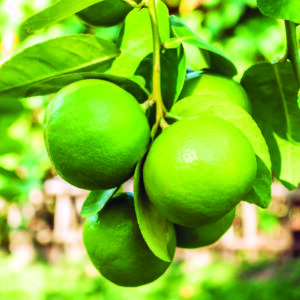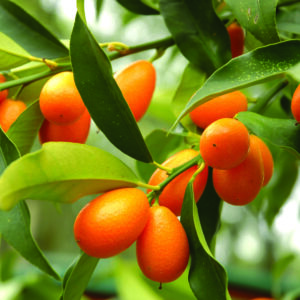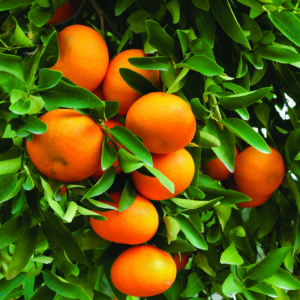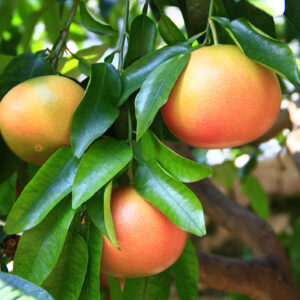Simply Citrus
I’ve just planted a new lemon tree in my garden. I’ve wanted one since we moved here nine months ago and decided autumn was the time to get planting. It is now enjoying a warm, sheltered corner of the garden basking in the sunshine.
 Lemons and limes
Lemons and limes
Lemons (Citrus limon) and indeed many other citrus, crop abundantly during autumn and winter so there are good selections to be found at the garden centre.
I planted a large ‘Meyer’ lemon as this variety does well in areas with cold winters, but there are many choices from the long-bearing ‘Eureka’ or the reliable ‘Lisbon’ to compact growers such as ‘Lots a’ Lemons’, ‘Lemonicious’, or the dwarf grafted varieties.
Limes (pictured left) have grown in popularity in recent years becoming nearly as popular as lemons to grow. Limes range from the native Australian finger lime with its small, elongated green, red or greenish brown fruit to the traditional Tahitian lime (Citrus latifolia) with its medium green fruit. Harvest limes in autumn or winter. Some crop well in summer as well.
 Cumquats
Cumquats
Your citrus grove doesn’t need to stop at a lemon or lime. If you have lots of sunny, well-drained garden space available, citrus are both productive and ornamental.
Cumquats are popular for their small golden fruits, which hang on from autumn to spring and sometimes longer. They not only look attractive (and make excellent garden gifts) but are also symbols of good luck. The fruit is tart eaten straight from the tree (although some enjoy the flavour) but is delicious made into marmalade (slice it finely) or preserved whole in brandy.
The ‘Australian Cumquat’ is a selected form of calamondin, chosen for its large round fruit. This robust tree can be grown as an evergreen hedge or as a decorative containerised plant.
‘Nagami’ is a true cumquat (Fortunella japonica) with small oval fruits while ‘Marumi’ has small round fruits on a compact evergreen tree.
 Mandarins
Mandarins
If you have kids or just like to pack a piece of homegrown fruit in your own lunchbox, a mandarin (Citrus reticulata) is a must have. ‘Imperial’ and ‘Emperor’ mandarins are easy to peel and sweetly flavoured. ‘Imperial’ peaks in autumn and ‘Emperor’ peaks in winter.
Mandarins form large dense trees so, for ease of picking, keep them pruned to around 2-3m tall or look for a dwarf such as ‘Dwarf Imperial’ or ‘Dwarf Seedless’, which are both ideal for small spaces or large containers.
 Oranges and grapefruit
Oranges and grapefruit
In our previous garden we grew several different varieties of oranges (Citrus sinensis) so the fruit bowl was well supplied with oranges for much of the year. ‘Valencia’ is popular for juicing and eating and a great garden choice as the fruit can be left to hang on the tree from winter to early summer. There’s also a seedless variety (‘Seedless Valencia’) for those who don’t enjoy orange pips.
Great for eating and long cropping is the navel orange with its distinctive ‘belly button’ base. ‘Washington Navel’ begins to ripen in winter. It is seedless, easy to peel, sweet and juicy.
Grapefruit (pictured left) are highly productive trees. Traditionally eaten as a healthy breakfast fruit it can also be added to marmalades or eaten in a salad. The variety of choice is ‘Marsh Seedless’ as it is free of seeds.
There are also oranges or grapefruit for every taste and use. For red or pink juice grow a blood orange or a pink grapefruit.

